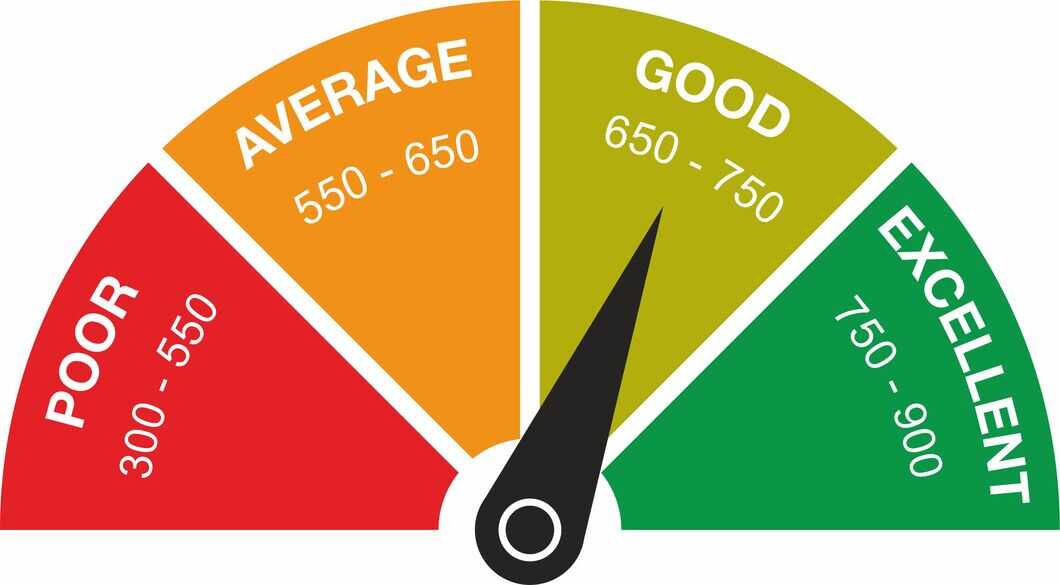If you’re into forex trading, you’ve probably come across the phrase “exchange rate today” quite often. It’s one of those terms that, on the surface, sounds pretty simple—just the value of one currency compared to another. But in the fast-moving world of the live forex market, understanding how exchange rates change and how to navigate them can make a big difference in your trading success.
In this article, we’ll break down what exchange rates are, why they fluctuate so much, and how you can use real-time forex market data to make smarter trades. We’ll keep things simple, avoiding complex jargon, so even if you’re new to forex trading, you’ll get the hang of it. And if you’re a seasoned trader, it’s always good to refresh those fundamentals!
What Is the Exchange Rate Today?
At its core, the exchange rate today is the current price at which one currency can be exchanged for another. This rate is determined by various factors like economic performance, interest rates, and geopolitical events. For example, if you’re traveling from the US to Europe, you’ll want to know how many dollars you need to buy a euro—that’s the exchange rate.
Live Forex Market vs Static Rates
In the live forex market, exchange rates aren’t static; they move throughout the day, sometimes within minutes or even seconds. These are called live rates, and they fluctuate constantly because of the sheer volume of forex transactions happening globally.
Trading based on live forex market rates allows you to react quickly to changes, helping you avoid potential losses or take advantage of profitable opportunities.
Why Exchange Rates Fluctuate
Currency values fluctuate based on many factors. If you’ve ever wondered why one day a currency is stronger than the next, here’s why:
1. Economic Indicators
Countries release regular reports on their economic health, like GDP, employment numbers, and inflation rates. If a country’s economy is doing well, its currency usually strengthens.
2. Interest Rates
Central banks play a huge role in setting interest rates. Higher interest rates attract foreign investment, strengthening the currency, while lower rates tend to weaken it.
3. Political Stability
Currencies of politically stable countries are more attractive to investors. On the other hand, political turmoil can cause a currency to drop in value.
4. Market Sentiment
Sometimes, the forex market moves on pure sentiment. If traders think a currency will rise or fall, their trades can drive those moves, even if there isn’t a clear economic reason.
With all these factors in play, keeping an eye on the exchange rate today is crucial. Tools like Fxpricing offer real-time updates to help traders make timely decisions in the live forex market.
How to Use Real-Time Exchange Rates in Trading
So, now that we know what drives exchange rates, how can we use this info in a trading strategy? Here are some ways to make the most out of real-time data:
1. Monitor Economic Events
Keep an eye on major economic events like interest rate decisions, employment reports, or inflation data. These reports often cause quick and sharp movements in the live forex market. By anticipating these moves, you can position yourself to either profit from them or protect yourself from potential losses.
Using a real-time tool like Fxpricing’s economic calendar can give you a heads-up on important events that will likely impact currency prices.
2. Set Alerts for Key Rates
If you have a specific exchange rate in mind for a trade, you can set alerts with your trading platform. For instance, if you’re watching for the GBP/USD pair to hit a certain value, getting an instant alert lets you react quickly and either enter or exit a position.
Platforms like Fxpricing allow users to set customizable alerts based on real-time forex data, ensuring you never miss a key trading opportunity.
3. Spot Trading Opportunities in Volatile Markets
The forex market can be volatile, especially during significant economic events or geopolitical tensions. By staying updated on the exchange rate today, you can capitalize on sudden fluctuations. This is where having live forex market data can make a difference.
For example, say a country suddenly raises interest rates. Traders using real-time data can immediately see the currency spike and adjust their positions accordingly, while those relying on delayed data might miss out.
4. Utilize Cross Rates
Cross rates allow traders to trade one currency against another without going through the US dollar. For example, instead of converting EUR/USD and then USD/JPY, you can trade directly in EUR/JPY.
Platforms like Fxpricing provide accurate cross rates in real time, simplifying the process and helping traders avoid unnecessary conversion costs.
Why Live Forex Market Data Is Essential for Success
Trading in the forex market is all about timing. If you’re relying on outdated data, you could miss out on key movements or, worse, make a trade based on an outdated rate.
Having live forex market data at your fingertips means you’re always working with the most accurate and up-to-date information. Whether you’re setting up trades, monitoring positions, or spotting trends, real-time data gives you a significant edge.
The Role of Platforms like Fxpricing
Fxpricing offers live forex, cryptocurrency, and stock market data, providing an all-in-one solution for traders. Their real-time updates, customizable dashboards, and APIs make it easy to stay on top of the exchange rate today.
Not only does Fxpricing provide live exchange rates, but it also offers in-depth analysis, historical data, and the tools needed to track and predict market trends. Whether you’re an investor, broker, or financial professional, real-time data from Fxpricing can help you make smarter trading decisions.
Key Strategies for Navigating Exchange Rate Today
So, what are the best strategies for trading in the live forex market based on the exchange rate today? Here are a few practical tips:
1. Day Trading
This strategy involves buying and selling currencies within the same day. It requires watching the live forex market closely and reacting quickly to changes in the exchange rate.
Day traders thrive on volatility, using real-time data to execute multiple trades within a short period.
2. Swing Trading
Swing traders hold positions for several days or even weeks, waiting for larger price moves. By analyzing the exchange rate trends today, they aim to buy low and sell high. Swing trading relies on both historical and real-time data, making tools like Fxpricing’s historical data charts invaluable.
3. Scalping
Scalping is another short-term strategy where traders make dozens (or even hundreds) of small trades throughout the day. The goal is to profit from tiny movements in the live currency rates. Scalpers rely heavily on real-time data and low spreads, so having fast, accurate rates is essential.
4. Hedging
Hedging is a risk management strategy used to protect against adverse market movements. Traders can use cross rates or options to hedge their trades. Having access to live forex market data allows you to time your hedges perfectly, minimizing potential losses.
Real-World Example of Trading with Real-Time Data
Let’s say you’re trading the EUR/USD pair. The European Central Bank is expected to announce a change in interest rates, which could dramatically impact the exchange rate.
By using real-time data from Fxpricing, you can monitor the rate leading up to the announcement. If the interest rate goes up, the euro may strengthen against the dollar. With live data, you can immediately enter a position, taking advantage of the currency’s rise.
Conclusion
Navigating the exchange rate today is more than just knowing how much one currency is worth compared to another. It’s about understanding why those rates change, how to use that knowledge to make smarter trades, and why having access to live forex market data is so crucial.
Whether you’re a beginner or an experienced trader, using real-time data, setting alerts, and employing strategies like swing trading or hedging can help you make the most out of the forex market. Platforms like Fxpricing offer the tools you need to stay ahead of the game, providing live rates, historical data, and customizable dashboards that make trading easier and more efficient.
So, stay informed, watch those rates, and trade smarter!
FAQs
1. What is the exchange rate today?
The exchange rate today refers to the current value of one currency compared to another. It fluctuates throughout the day based on economic factors, market sentiment, and geopolitical events.
2. Why is real-time data important in the live forex market?
Real-time data is crucial in the forex market because exchange rates can change in seconds. Accurate, live data helps traders react quickly and make informed decisions.
3. How can I use cross rates in forex trading?
Cross rates allow you to trade two currencies without going through the US dollar. They help save on conversion costs and open up more trading opportunities.
4. What’s the difference between day trading and swing trading?
Day trading involves multiple trades within a single day, while swing trading holds positions for several days or weeks. Both strategies benefit from real-time data but differ in timing and execution.5. How can Fxpricing help with forex trading?
Fxpricing provides real-time forex data, historical charts, and customizable tools for traders. It helps traders stay updated on live exchange rates and make smarter trading decisions.




